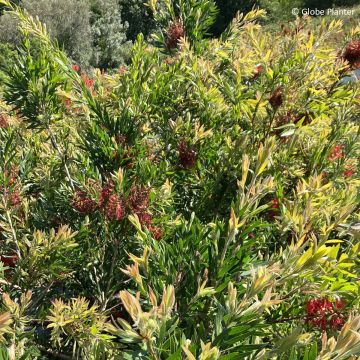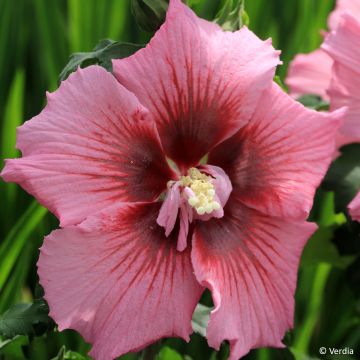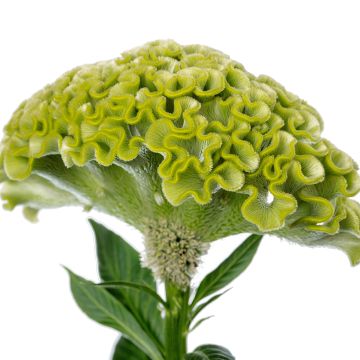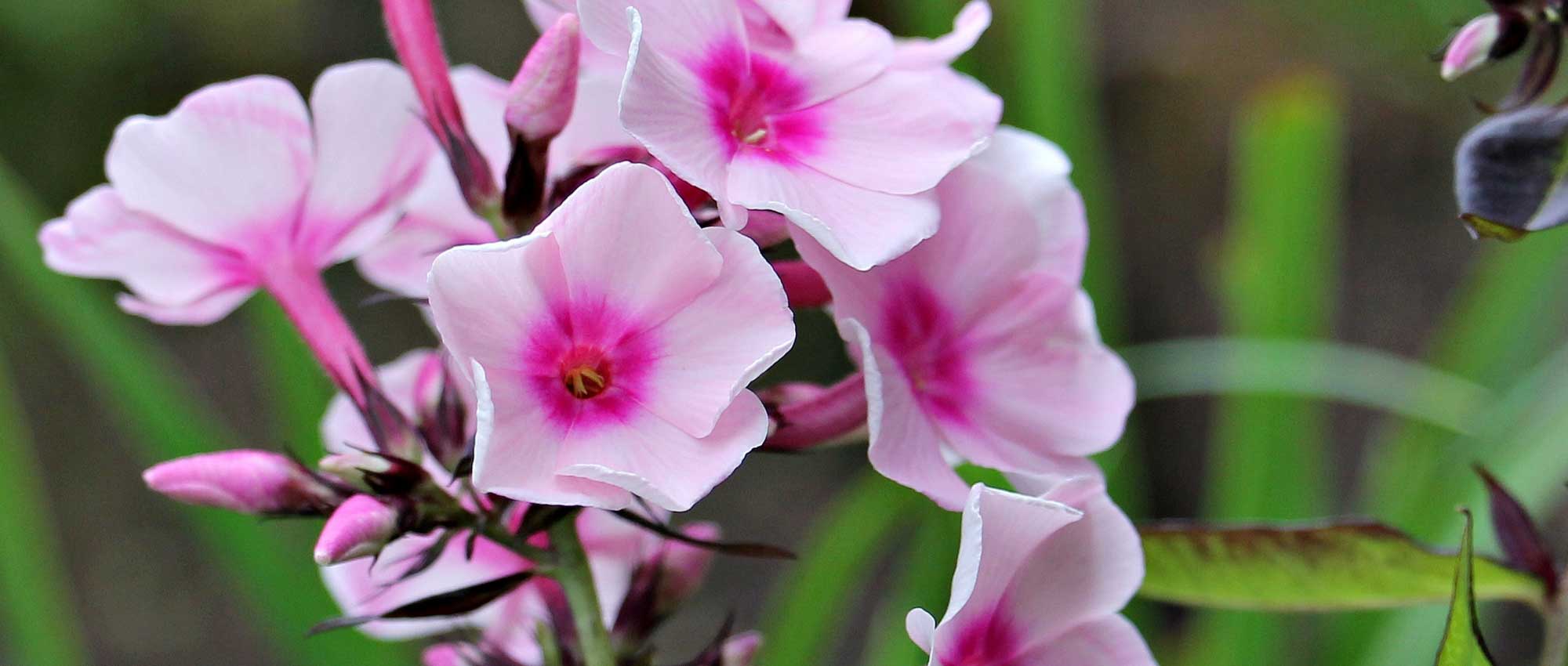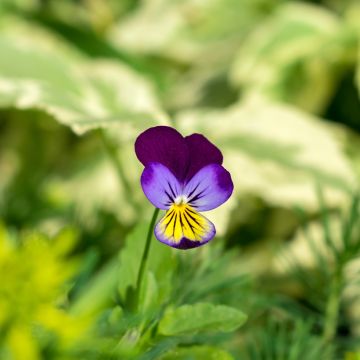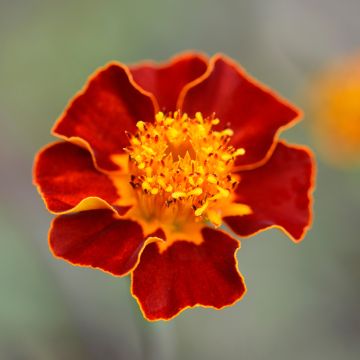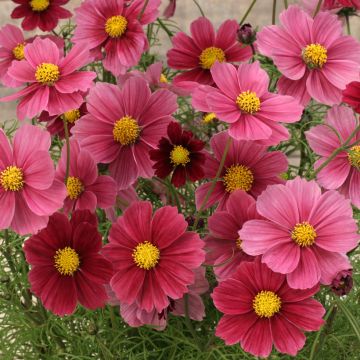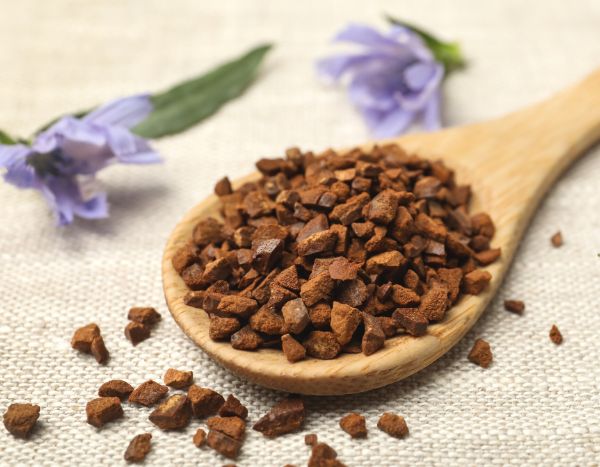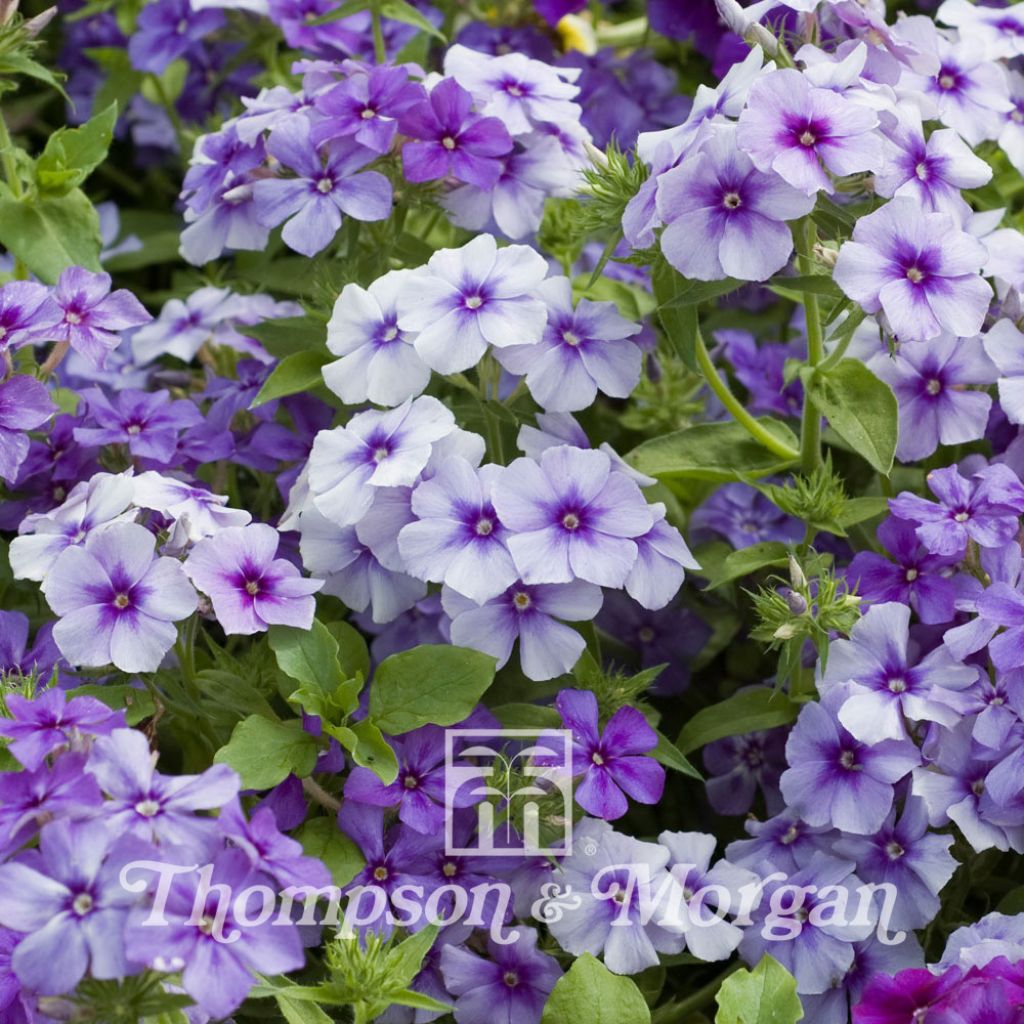

Phlox drummondii Moody Blues Seeds - Drummonds phlox
Phlox drummondii Moody Blues Seeds - Drummonds phlox
Phlox drummondii Moody Blues
Annual Phlox
The count is correct This packet of 175 seeds actually contains 200 beautiful seeds Fast delivery
Jean-Yves, 23/03/2018
Special offer!
Receive a €20 voucher for any order over €90 (excluding delivery costs, credit notes, and plastic-free options)!
1- Add your favorite plants to your cart.
2- Once you have reached €90, confirm your order (you can even choose the delivery date!).
3- As soon as your order is shipped, you will receive an email containing your voucher code, valid for 3 months (90 days).
Your voucher is unique and can only be used once, for any order with a minimum value of €20, excluding delivery costs.
Can be combined with other current offers, non-divisible and non-refundable.
Why not try an alternative variety in stock?
View all →This plant carries a 6 months recovery warranty
More information
We guarantee the quality of our plants for a full growing cycle, and will replace at our expense any plant that fails to recover under normal climatic and planting conditions.
Would this plant suit my garden?
Set up your Plantfit profile →
Description
Phlox Drummondii Moody Blues Mix, also known as Drummond’s phlox, is a collection of dwarf annuals. Thanks to their compact bushy habit, they can be placed on the edge of a bed but also in tubs or pots. Their many small flowers come in a range of blues and purples with a few white highlights. They bloom repeatedly from June to August, to the delight of butterflies. Easy to grow, this mix requires no maintenance and allows you to arrange bouquets all summer long.
Drummond's Phlox owes its name to a Scottish naturalist, Thomas Drummond, who discovered the plant in the grasslands of Texas in 1830. This annual species of the Polemoniaceae family is small (15 to 30 cm high) and forms a bushy clump. Its leaves are green, lanceolate and form a dense background that hosts panicles that come in a range of violet-blue hues (in the case of the Moody Blues variety): from the lightest to the darkest shade, including some white. They consist of multiple star-shaped flowers (about 2 cm in diameter) with a tube-shaped corolla ending in five lobes. The base of the flowers is always darker in colour, standing out from their white centres and giving them a lively and mischievous look. They are slightly fragrant and bring an undeniable charm to romantic gardens. They need a sunny position and fertile soil to flower generously. Don't hesitate to water them in case of prolonged drought and plant them in a well-drained soil.
The Moody Blues' colour range is both very soft and bold, giving a nostalgic, antique feel. A few seedlings planted along a walkway or in a window-box is plenty enough to enchant your summers. They will naturally blend in with larkspurs, blue columbines and white perennial phlox, creating a bicoloured display.
Flowering
Foliage
Plant habit
Botanical data
Phlox
drummondii
Moody Blues
Polemoniaceae
Annual Phlox
Cultivar or hybrid
Other Thompson and Morgan seeds
View all →Planting and care
Phlox Drummondii Moody Blues should be sown, preferably under cover, in a seed tray from March onwards. If your climate is rather mild, you can even start in February as the seeds are able to germinate as soon as the temperatures are between 13 and 15 °C.
Just cover the seeds with a thin layer of potting soil (1 to 2 mm) that you will keep slightly moist and place in the sun (essential for germination). They will take 10 and 21 days to sprout. When the seedlings are large enough to be moved and the period of frosts is over, you can plant them out. Choose a well-drained soil and if possible one that is rich and well exposed to sunlight.
Since they don't always tolerate transplanting very well, it is sometimes better to sow them directly in their final position. Sow them after having taken are to loosen the soil's surface. Sow seeds 10/15 cm apart.
Since they are susceptible to powdery mildew, it is best to employ a preventative treatment and water the base of the plant, avoiding the leaves. Protect young plants from slug attacks.
Sowing period
Intended location
Planting & care advice
-
, onOrder confirmed
Reply from on Promesse de fleurs
Haven't found what you were looking for?
Hardiness is the lowest winter temperature a plant can endure without suffering serious damage or even dying. However, hardiness is affected by location (a sheltered area, such as a patio), protection (winter cover) and soil type (hardiness is improved by well-drained soil).

Photo Sharing Terms & Conditions
In order to encourage gardeners to interact and share their experiences, Promesse de fleurs offers various media enabling content to be uploaded onto its Site - in particular via the ‘Photo sharing’ module.
The User agrees to refrain from:
- Posting any content that is illegal, prejudicial, insulting, racist, inciteful to hatred, revisionist, contrary to public decency, that infringes on privacy or on the privacy rights of third parties, in particular the publicity rights of persons and goods, intellectual property rights, or the right to privacy.
- Submitting content on behalf of a third party;
- Impersonate the identity of a third party and/or publish any personal information about a third party;
In general, the User undertakes to refrain from any unethical behaviour.
All Content (in particular text, comments, files, images, photos, videos, creative works, etc.), which may be subject to property or intellectual property rights, image or other private rights, shall remain the property of the User, subject to the limited rights granted by the terms of the licence granted by Promesse de fleurs as stated below. Users are at liberty to publish or not to publish such Content on the Site, notably via the ‘Photo Sharing’ facility, and accept that this Content shall be made public and freely accessible, notably on the Internet.
Users further acknowledge, undertake to have ,and guarantee that they hold all necessary rights and permissions to publish such material on the Site, in particular with regard to the legislation in force pertaining to any privacy, property, intellectual property, image, or contractual rights, or rights of any other nature. By publishing such Content on the Site, Users acknowledge accepting full liability as publishers of the Content within the meaning of the law, and grant Promesse de fleurs, free of charge, an inclusive, worldwide licence for the said Content for the entire duration of its publication, including all reproduction, representation, up/downloading, displaying, performing, transmission, and storage rights.
Users also grant permission for their name to be linked to the Content and accept that this link may not always be made available.
By engaging in posting material, Users consent to their Content becoming automatically accessible on the Internet, in particular on other sites and/or blogs and/or web pages of the Promesse de fleurs site, including in particular social pages and the Promesse de fleurs catalogue.
Users may secure the removal of entrusted content free of charge by issuing a simple request via our contact form.
The flowering period indicated on our website applies to countries and regions located in USDA zone 8 (France, the United Kingdom, Ireland, the Netherlands, etc.)
It will vary according to where you live:
- In zones 9 to 10 (Italy, Spain, Greece, etc.), flowering will occur about 2 to 4 weeks earlier.
- In zones 6 to 7 (Germany, Poland, Slovenia, and lower mountainous regions), flowering will be delayed by 2 to 3 weeks.
- In zone 5 (Central Europe, Scandinavia), blooming will be delayed by 3 to 5 weeks.
In temperate climates, pruning of spring-flowering shrubs (forsythia, spireas, etc.) should be done just after flowering.
Pruning of summer-flowering shrubs (Indian Lilac, Perovskia, etc.) can be done in winter or spring.
In cold regions as well as with frost-sensitive plants, avoid pruning too early when severe frosts may still occur.
The planting period indicated on our website applies to countries and regions located in USDA zone 8 (France, United Kingdom, Ireland, Netherlands).
It will vary according to where you live:
- In Mediterranean zones (Marseille, Madrid, Milan, etc.), autumn and winter are the best planting periods.
- In continental zones (Strasbourg, Munich, Vienna, etc.), delay planting by 2 to 3 weeks in spring and bring it forward by 2 to 4 weeks in autumn.
- In mountainous regions (the Alps, Pyrenees, Carpathians, etc.), it is best to plant in late spring (May-June) or late summer (August-September).
The harvesting period indicated on our website applies to countries and regions in USDA zone 8 (France, England, Ireland, the Netherlands).
In colder areas (Scandinavia, Poland, Austria...) fruit and vegetable harvests are likely to be delayed by 3-4 weeks.
In warmer areas (Italy, Spain, Greece, etc.), harvesting will probably take place earlier, depending on weather conditions.
The sowing periods indicated on our website apply to countries and regions within USDA Zone 8 (France, UK, Ireland, Netherlands).
In colder areas (Scandinavia, Poland, Austria...), delay any outdoor sowing by 3-4 weeks, or sow under glass.
In warmer climes (Italy, Spain, Greece, etc.), bring outdoor sowing forward by a few weeks.


































